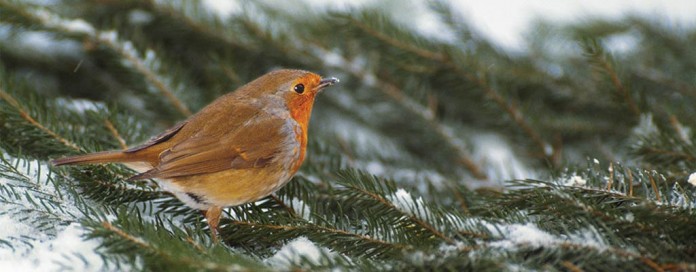My calendar tells me it’s November, but I have doubts.
On Tuesday and Wednesday (Nov. 3 and 4), the thermometer on my back porch read 80 degrees. I wore shorts and a T-shirt.
As I write this, on Nov. 5, it’s already 70 degrees by midmorning. It feels more like mid-June than November. But as I scan the landscape, evidence of November is everywhere. The vibrant colors that just a few weeks ago brightened the wooded hillsides are gone. The few leaves that remain are brown and dingy yellow.
Each day the sun rises a few minutes later and sets a few minutes earlier. Thanks to a return to Standard Time, the sun sets shortly after 5 p.m. Soon, however, it will feel like November.
Change of weather
By the weekend, weather forecasters are calling for high temperatures in the 50s. Then I’ll put my shorts away until May. Such unseasonably extreme weather is evidence of “climate change.”
The last two winters have been extremely cold. We can expect both hotter and colder summer days and colder and warmer winter days. Near triple digit temperatures accompanied the “direcho” (straight-line winds) that cut a 700-mile swath of destruction from the Midwest to the Southeast in late June 2012.
Torrential rains (recall last month’s historic floods in South Carolina), heavy snows, and bone dry droughts (see the water woes plaguing much of the southwest) will torment us.
Back to normal
In a week or so, normal weather patterns will resume. As days grow chilly, nightly frosts will become the rule. And then it’s just a matter of time until the first snow falls.
In November, the natural world seems on the brink of death. Naked trees, mere skeletons of their summer selves, appear lifeless. Hayfields and thickets turn brown. The sky turns relentlessly gray. Fall’s apparent lifelessness, however, is deceptive.
November marks the start of the season of transition and dormancy, not the beginning of the end. Though plants seem to die, most simply rest for a few months. Otherwise, their soft tissues would freeze, and the plants would indeed be destroyed. But when sunshine and warmth return in April, seeds germinate, buds swell, and again the world becomes a sea of green.
Most adult insects die as the world turns cold, but their populations persist as eggs, larva or cocoons. Preying mantises pass the year’s harshest months in their distinctive foam-like egg cases. Isabella tiger moths overwinter as familiar banded wooly bears. Large silk moths while winter away in protective cocoons.
Most migratory birds have already worked their way south to more hospitable climes, while hardier winter residents rediscover backyard bird feeders. Seeds and suet provide the calories they need to make it from one cold day to the next. White-tailed deer battle for breeding rights.
The biggest and strongest bucks dominate the rut, damage valuable backyard shrubs, and frustrate even veteran hunters. Beneath the not-yet-frozen surfaces of ponds and lakes, turtles and frogs lie dormant under several inches of muck. They “breathe” through their skin. Fish slow down, eat less, and frustrate die-hard anglers. Raccoons, skunks, and opossums will sleep through winter’s worst days, but venture forth for food when weather permits.
Overwintering
Bears, ground hogs, and chipmunks disappear into their dens for long winter naps. Their metabolic rates slow to a glacial pace. Predators such as great horned owls, red-tailed hawks, weasels, coyotes, foxes and bobcats depend on prey that do not hibernate or migrate.
Seemingly limitless populations of mice, voles, squirrels and cottontails sustain nature’s hunters. Oaks, beeches, walnuts, and hickories drop their nuts, and squirrels race to gather them. They eat enough to satisfy their daily hunger, but hide far more beneath the leaf litter for later use. November may seem a dull and lifeless prelude to a long, uneventful winter, but the struggle for life continues every day.
The keys to winter survival may be subtle and largely unseen, but plants and animals do much more than mark time until spring. They adapt. They survive.
Come spring, they reproduce. November links old and new — the critical transition in nature’s never-ending cycle of life.













